Outcomes Following Transcatheter Aortic Valve Replacement for Aortic Stenosis in Patients With Type 0 Bicuspid, Type 1 Bicuspid, and Tricuspid Aortic Valves
Circulation: Cardiovascular Interventions
OCTOBER 17, 2023
BACKGROUND:Data concerning the outcomes of transcatheter aortic valve replacement in type 0 bicuspid aortic stenosis (AS) are scarce. Self-expanding transcatheter heart valves were used in the majority of patients (n=1160; 91.4%). In the matched population, differences in mortality (30 days: 4.2% 2.44];P=0.035).



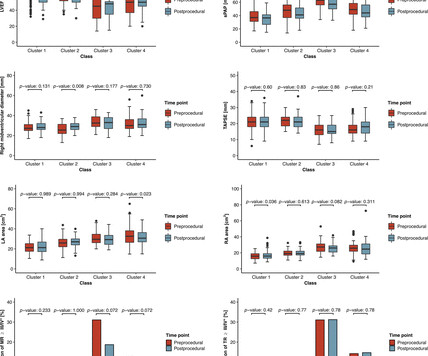

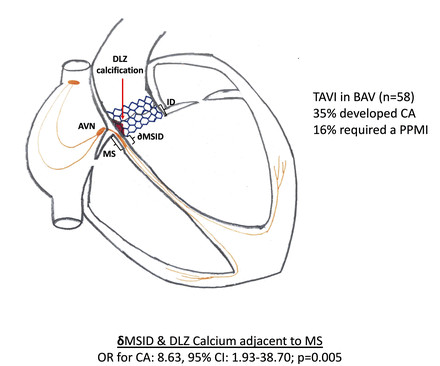

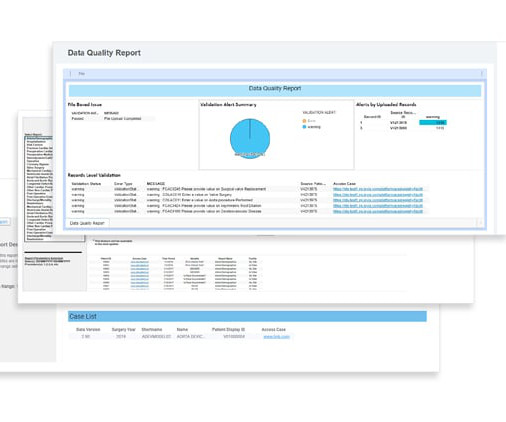
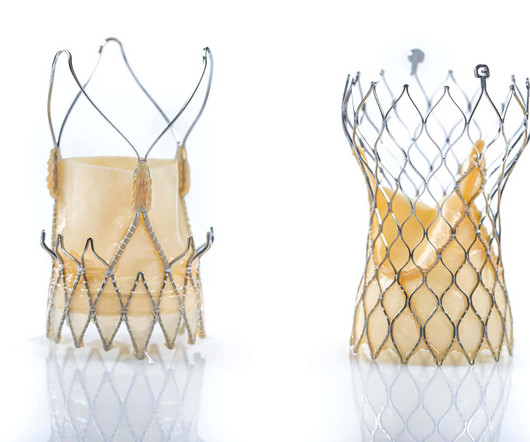
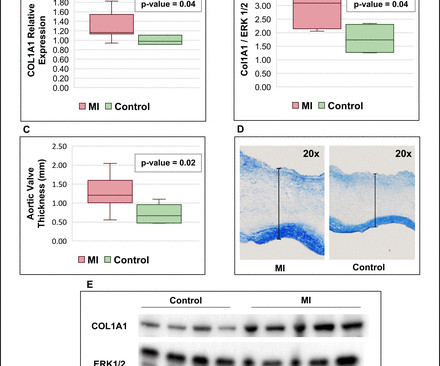


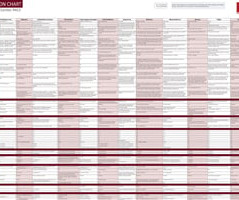
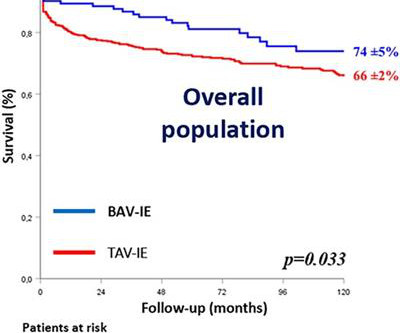
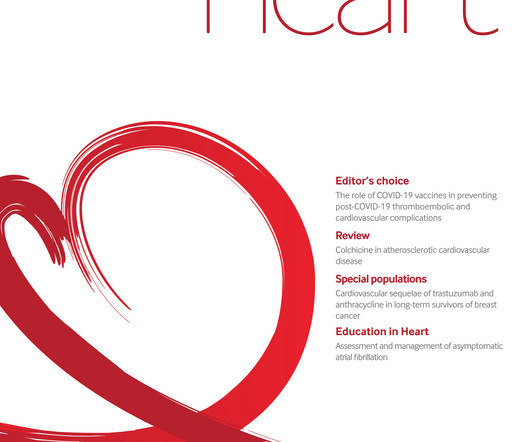

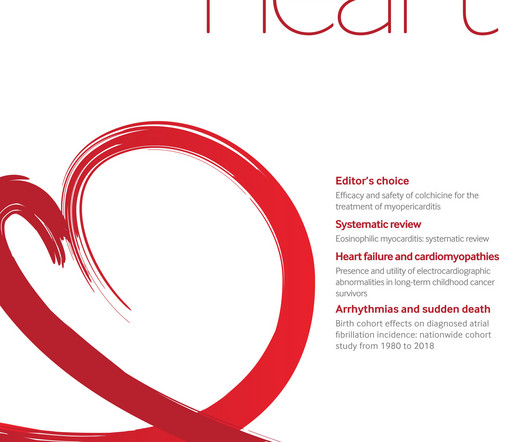





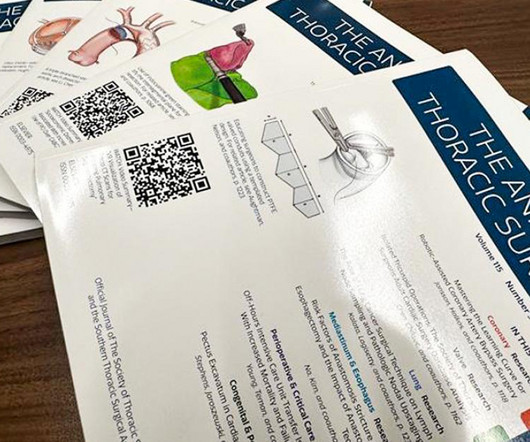
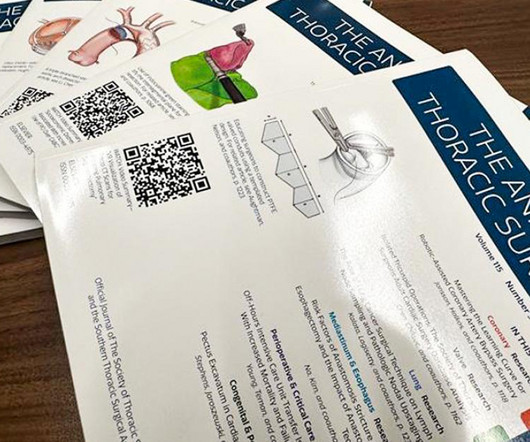






Let's personalize your content